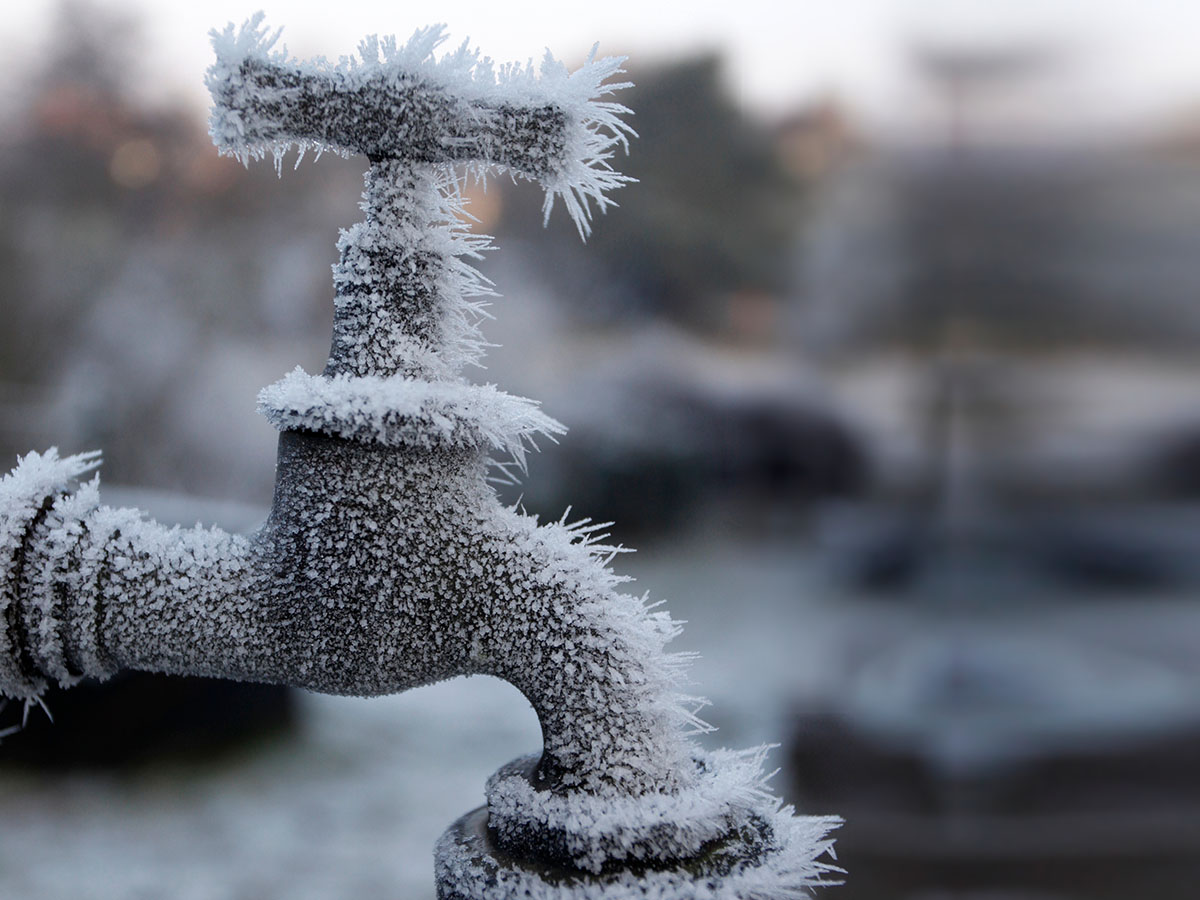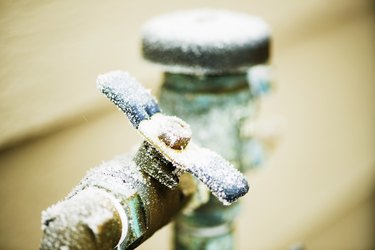Almost everyone is bound to have their private conception involving 6 Ways to Prevent Frozen Pipes.

Cold weather can ruin your pipes, especially by freezing pipes. Below's exactly how to stop it from occurring and what to do if it does.
Intro
As temperature levels decrease, the risk of icy pipes boosts, possibly leading to expensive fixings and water damage. Understanding exactly how to prevent frozen pipes is critical for homeowners in chilly environments.
Understanding Frozen Pipes
What creates pipelines to ice up?
Pipes freeze when exposed to temperatures below 32 ° F (0 ° C) for expanded durations. As water inside the pipelines ices up, it increases, taxing the pipe wall surfaces and potentially creating them to rupture.
Dangers and damages
Frozen pipes can result in water system disturbances, home damage, and pricey repair work. Ruptured pipes can flooding homes and cause considerable structural damages.
Signs of Frozen Piping
Identifying frozen pipelines early can prevent them from rupturing.
Exactly how to recognize frozen pipelines
Look for decreased water flow from faucets, unusual odors or noises from pipes, and noticeable frost on revealed pipes.
Prevention Tips
Insulating at risk pipelines
Cover pipelines in insulation sleeves or make use of warmth tape to protect them from freezing temperatures. Focus on pipelines in unheated or external areas of the home.
Home heating strategies
Keep indoor rooms appropriately warmed, specifically areas with plumbing. Open up cupboard doors to enable warm air to flow around pipes under sinks.
Protecting Exterior Plumbing
Yard hose pipes and outdoor taps
Disconnect and drain pipes garden tubes before winter. Set up frost-proof faucets or cover outdoor taps with insulated caps.
What to Do If Your Pipes Freeze
Immediate activities to take
If you suspect frozen pipelines, maintain faucets available to relieve pressure as the ice melts. Utilize a hairdryer or towels taken in warm water to thaw pipes slowly.
Long-Term Solutions
Structural modifications
Think about rerouting pipelines far from outside wall surfaces or unheated areas. Add additional insulation to attics, basements, and crawl spaces.
Upgrading insulation
Invest in premium insulation for pipes, attics, and walls. Proper insulation helps keep regular temperature levels and reduces the threat of frozen pipes.
Conclusion
Preventing icy pipelines calls for proactive actions and quick responses. By understanding the reasons, signs, and preventive measures, home owners can shield their plumbing during winter.
6 Proven Ways to Prevent Frozen Pipes and Protect Your Home
Disconnect and Drain Garden Hoses
Before winter arrives, start by disconnecting your garden hoses and draining any remaining water. Close the shut-off valves that supply outdoor hose bibs and leave the outdoor faucet open to allow any residual water to drain. For extra protection, consider using faucet covers throughout the colder months. It’s also important to drain water from any sprinkler supply lines following the manufacturer’s directions.
Insulate Exposed Pipes
Insulating your pipes is an effective way to prevent freezing. Pipe insulation is readily available at home improvement stores and is relatively inexpensive. Pay close attention to pipes in unheated areas such as the attic, basement, crawl spaces, or garage. Apply foam insulation generously to create a buffer against the cold. You can also wrap your pipes in heat tape or thermostat-controlled heat cables for added warmth.
Seal Air Leaks
Inspect your home for any cracks or openings that could let in cold air. Seal any holes around the piping in interior or exterior walls, as well as the sill plates where your home rests on its foundation. Additionally, make sure to keep your garage door closed unless you’re entering or exiting. Leaving it open creates a significant air leak that can lead to frozen pipes.
Allow Warm Air Circulation
During cold snaps, it’s essential to allow warm air to circulate evenly throughout your home. Leave interior doors ajar to promote better airflow. Open kitchen and bathroom cabinets to help distribute heat consistently around the rooms. If you have small children or pets, be sure to remove any household chemicals or potentially harmful cleaners from open cabinets for safety.
Let Faucets Drip
A small trickle of water can make a big difference in preventing ice formation inside your pipes. When temperatures drop significantly, start a drip of water from all faucets served by exposed pipes. This continuous flow helps prevent the water from freezing. Additionally, running a few faucets slightly can relieve pressure inside the pipes, reducing the chances of a rupture if the water inside does freeze.
https://choateshvac.com/6-proven-ways-to-prevent-frozen-pipes-and-protect-your-home/

I'm just very excited about Winter Plumbing Precautions: Preventing Frozen Pipes and I am assuming you enjoyed reading the new entry. Feel free to set aside a second to promote this blog if you enjoyed reading it. I praise you for being here. Please stop by our site back soon.
Call Today